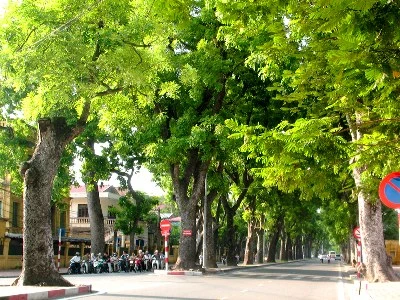Hanoi (VNA) – The national strategy on developing renewable energy sources until 2030 and a vision to 2050 has just been approved by the Prime Minister.
The strategy affirms that hydro power contributes to local socio-economic development and power safety, and should be developed in line with local plans for small- and medium-sized hydro power plants on the basis of assessment of environmental impacts.
Hydro power should provide nearly 90 billion kWh in 2020 and 96 billion kWh a year as from 2030, compared to 56 billion kWh in 2015.
At the same time, the document notes that priority will be given to using biomass energy in producing electricity, and to using biogas and compact biomass to make fuel and liquid bio-fuel.
It also sets the goal of using 50 percent of industrial and agricultural waste for energy production purpose by 2020 from roughly 45 percent in 2015, and the rate should be raised to 60 percent by 2030 and 70 percent in 2050.
The use of waste from animal breeding industry and other urban waste sources for energy production will be encouraged under the strategy with the target of processing all the waste by 2050.
Solar energy will be developed in a bid to supply electricity to the most remote and far-flung areas across the country.
The total output of solar power should be raised to 1.4 billion kWh in 2020, accounting for 0.5 percent of total electricity output, and to 35.4 billion kWh, making up six percent of the total electricity production by 2030. In 2050, solar power should account for 20 percent of total electricity output or some 210 billion kWh.
Additionally, wind power will be developed on land from now to 2030 while focus will be shifted to offshore wind power farms in the next period.
The total output of wind power is expected to hit 2.5 billion kWh in 2020, representing 1 percent of total electricity output, and increase to 16 billion kWh, accounting for 2.7 percent of the nation’s electricity output by 2030. The figure is projected to be 53 billion kWh or 5.0 percent by 2050.-VNA























